Nowruz: Persian New Year
-
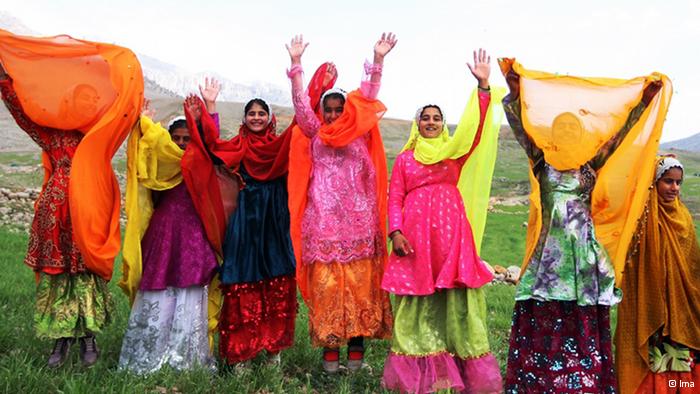
Colourful new year: Nowruz can be traced back to a Zoroastrian tradition that began around 2,500 years ago. Today, Nowruz, which is celebrated on the day of the March equinox, is marked by people in Iran, Afghanistan, Tajikistan, Azerbaijan, Turkey, Iraq and parts of China. -
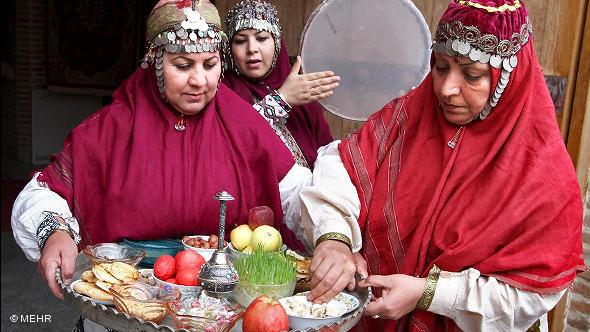
Customs and rituals: preparations for the "new day" begin weeks ahead of the actual event. Most traditions vary from country to country, but some are shared wherever Nowruz is celebrated. These Iranian women, for example, are preparing a traditional "Haft Sin" platter. -
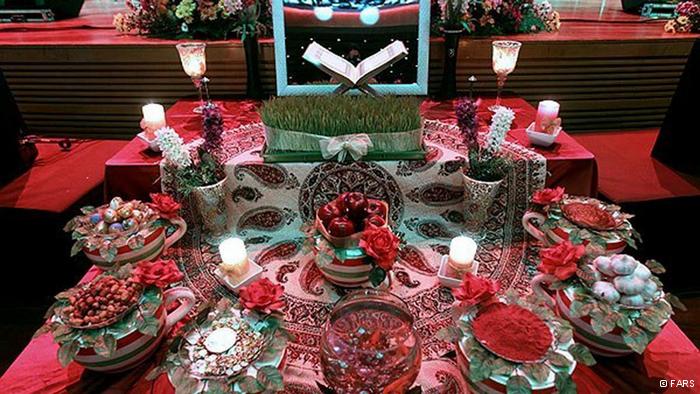
The Haft Sin ("seven S's") table is a well-known feature of Nowruz celebrations. The name comes from the fact that all elements on the table start with the letter s - sekkeh (coins), sib (apples), somaq (sumac), sonbol (hyacinths), sir (garlic), sabzi (greens - usually peppergrass) and serkeh (vinegar). All these things have a symbolic meaning for the new year. -
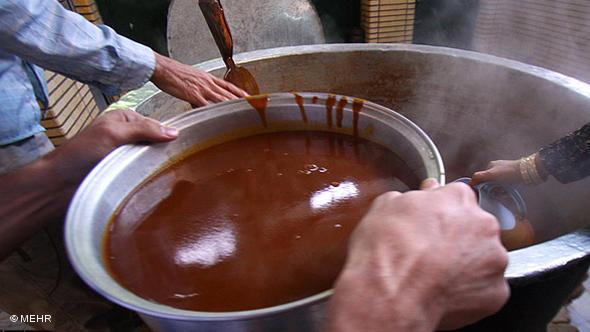
Good things come to those who ... eat!: samanou is typically served on Nowruz. The sweet paste is made out of wheat germ and eaten either alone or with bread. The wheat soaks for a week before the tasty treat is finally prepared. -
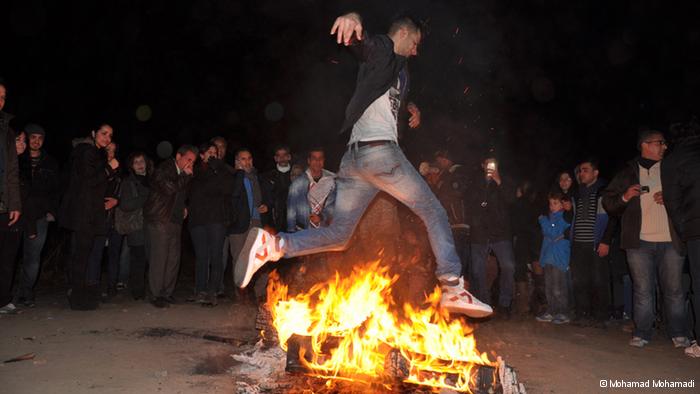
The fire jump: the last Tuesday evening of the "old year" symbolises the beginning of Nowruz. Pictured here: young Iranians in Germany welcome the new year festivities with fire jumps. Jumping over the bonfire symbolises that one is leaving the past behind and welcoming in the new. -
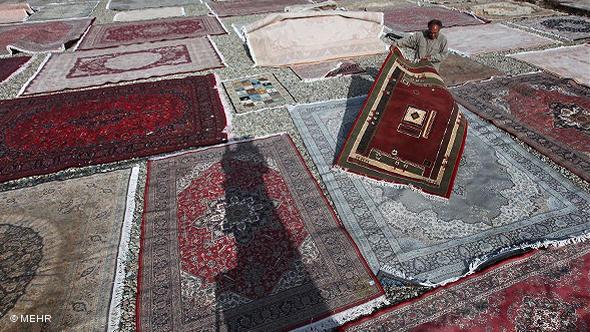
Spring clean: everything is dusted, wiped, cleaned and polished to a sparkle for the festivities. It is considered particularly important to air rugs outside and give them a good beating so that they are fresh for the new year. Pictured here: this Iranian man is searching in vain for an empty spot in the sun for his carpet. -
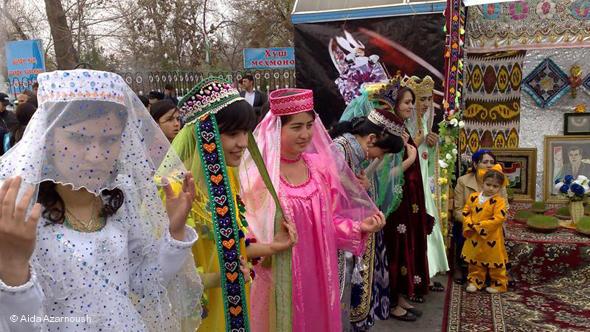
Dancing to welcome the spring: in Tajikistan, people celebrate Nowruz with traditional song and dance. In the capital, Dushanbe, people gather at the stadium to watch a parade of girls and women showing off their perfectly choreographed and rehearsed steps. -
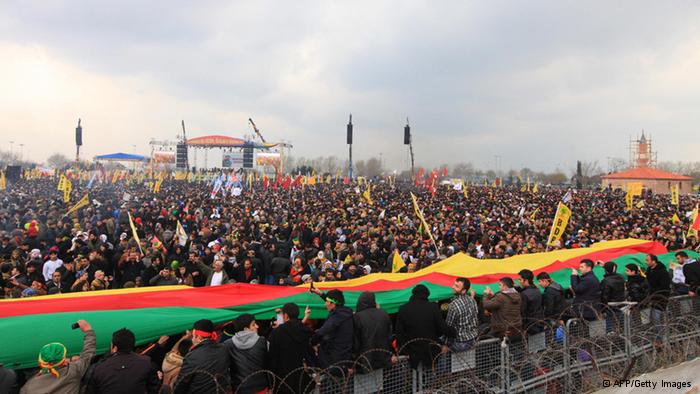
Turkey: Kurds in Turkey also celebrate Nowruz. Here, a crowd has gathered in Istanbul to mark the event. Traditionally, people put on new clothes and meet in public places or visit family and friends to celebrate the new year, while children receive gifts of money and sweets.
https://qantara.de/en/node/6320
Link
To all image galleries